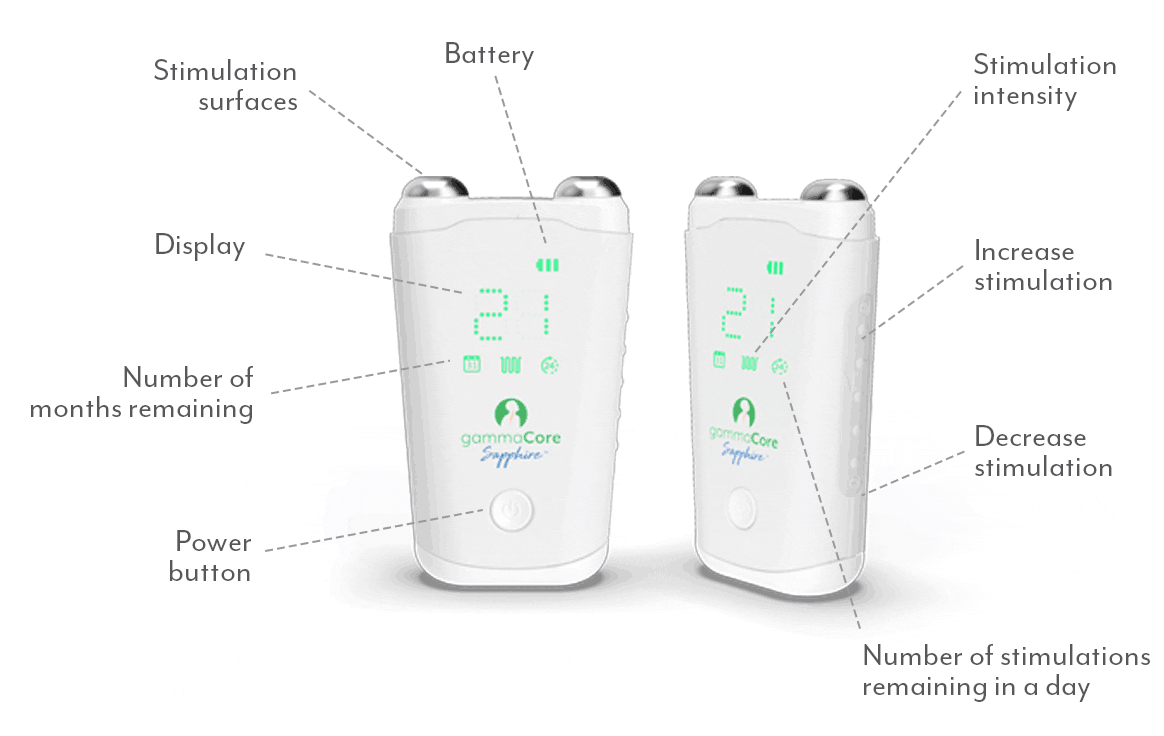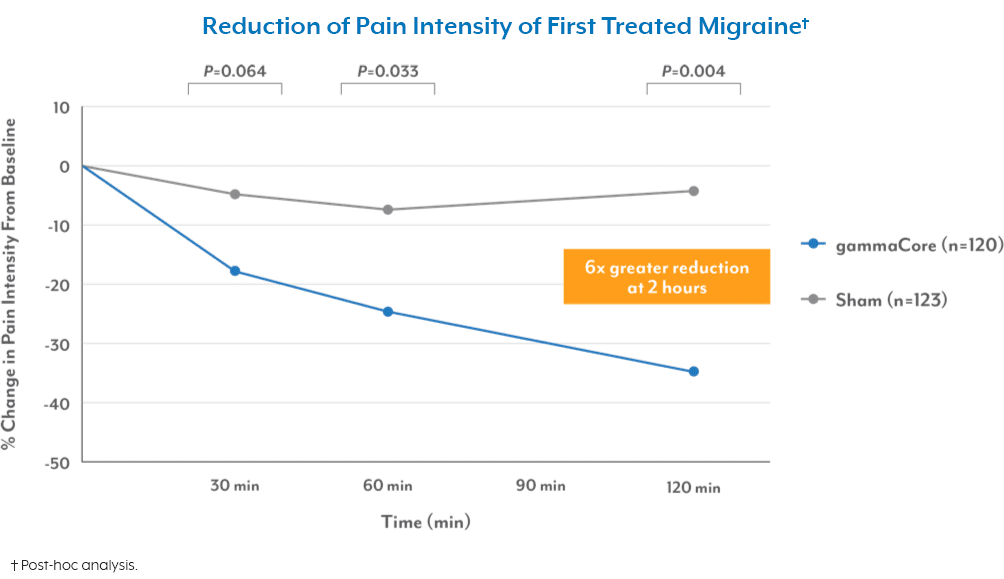
Living with migraine pain can feel like trying to solve a frustrating puzzle. Every migraine attack has its triggers, patterns, and severity, making it hard to predict or prevent. That’s where a migraine diary can be a game-changer. It helps you uncover the hidden pieces of the puzzle, giving you valuable insights to share with your health care provider and empowering you to better manage your migraines.
If you’ve never kept a migraine diary before, don’t worry—it’s easier than you think. Here’s a step-by-step guide to get started.
What Is a Migraine Diary?
A migraine diary is a simple tool for recording details about your migraine episodes and daily habits. By tracking your symptoms, triggers, and lifestyle factors over time, you and your health care provider can identify patterns and create a more effective treatment plan that’s designed to work for you.
What to Include in Your Migraine Diary
You don’t need to write a novel for every entry. A migraine diary can be as detailed or straightforward as you like, but here are the key things to track:
- Date and Time
Note when your migraine starts and ends. Knowing this information helps pinpoint patterns, such as whether your migraines occur more frequently at a specific time of day or on certain days of the week.
- Severity
Rate your pain on a scale from 1 to 10, where 1 is mild discomfort, and 10 is the worst pain imaginable. This will help you track how debilitating your migraines are and will highlight any notable changes over time.
- Symptoms
Write down all the symptoms you experience, even if they seem unrelated, including nausea, light sensitivity, aura, dizziness – anything that impacts how you’re feeling.
- Triggers
Try to identify potential triggers that may have impacted the migraine. Did you skip a meal, have a stressful day, or eat certain foods like chocolate or cheese? Other triggers include weather changes, hormonal shifts, or lack of sleep. Make a note of anything that you can think of.
- Medications and Treatments
Record what you took or did to manage the migraine and its symptoms. Also, note how effective (or ineffective) these treatments were.
- Lifestyle Factors
Your migraine diary is a great place to track daily habits that might impact your migraines, such as:
- Sleep: How many hours did you sleep? Was it restful, or did you wake up in the middle of the night?
- Diet: What and when did you eat? Did you eat anything new?
- Hydration: Did you drink enough water throughout the day?
- Stress levels: How stressed did you feel on a scale of 1 to 10?
- Physical activity: Did you exercise, and if so, how intensely?
- Menstrual Cycle (if applicable)
For women, tracking your menstrual cycle can highlight hormone-related patterns in migraine attacks.
How Often Should You Update a Migraine Diary?
Consistency is key to making your migraine diary effective. Update it:
- Daily: Even if you don’t have a migraine, noting your symptoms and possible triggers each day can help you identify what keeps migraines at bay.
- After an Episode: Write down details as soon as possible after an attack to capture accurate information.
Many people find it helpful to spend a few minutes updating their diary at the same time each day, like right before bed, or finding another way to make it part of their daily routine.
Tools You’ll Need for a Migraine Diary
Keeping a migraine diary doesn’t require a lot of tools, and you can choose whatever method feels easiest for you:
- Notebook or Journal: This is the perfect method for those who like pen and paper.
- Apps: There are apps designed specifically for migraine tracking, offering convenience and even reminders to update. You can even keep it simple using a Notes app on your mobile device.
- Templates: Downloadable migraine diary templates can provide a structured way to track your information.
How a Migraine Diary Can Help
Over time, your migraine diary can reveal valuable trends and insights, such as:
- Common triggers to avoid.
- Early warning signs of an attack.
- The most effective treatments for you.
This information can also help your health care provider make more informed decisions about your care and suggest alternative treatment methods, such as gammaCore™ non-invasive vagus nerve stimulator (nVNS).
Managing Migraine Attacks with gammaCore nVNS
While keeping a migraine diary helps you understand your triggers and patterns, managing migraines often requires a multi-pronged approach. That’s where gammaCore comes in. gammaCore is an FDA-cleared device that uses non-invasive vagus nerve stimulation to treat and prevent migraine. It’s portable, easy to use, and a drug-free option that complements your treatment plan. Pair a migraine diary with a clinically proven treatment like gammaCore, and you’re well on your way to better migraine management.
To see if gammaCore is right for you, visit our clinic finder to locate a health care provider near you, or contact our dedicated Customer Experience team at 888-903-2673 or customerservice@electrocore.com.



